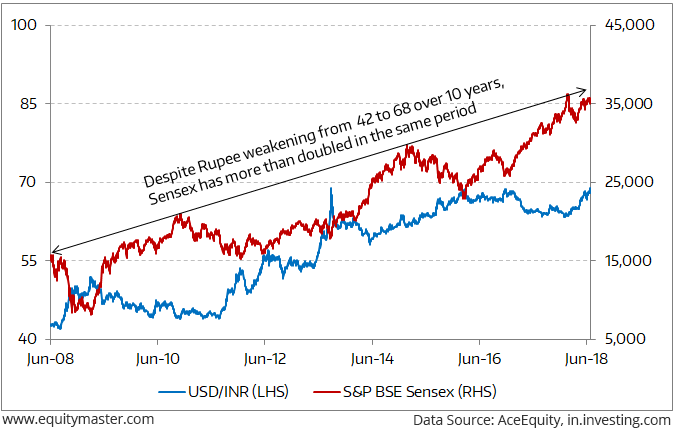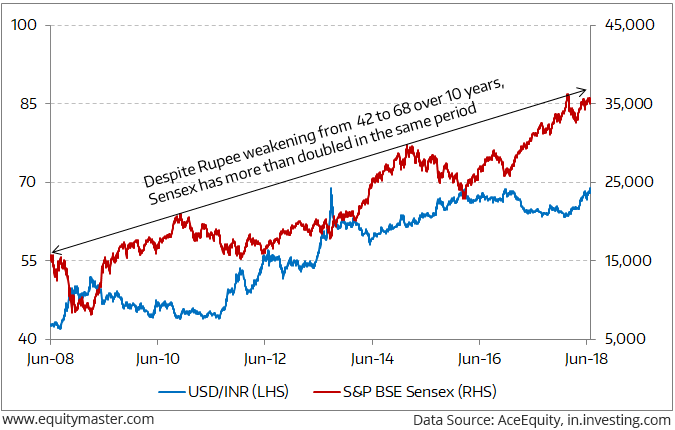Indian share markets continued their momentum during closing hours of trade and ended the day at their fresh record high levels. Gains were largely seen in the realty sector, metal sector and banking sector.
Both, the Sensex and Nifty, ended their day at record closing highs. At the closing bell, the BSE Sensex stood higher by 137 points (up 0.4%) and the NSE Nifty closed higher by 21 points (up 0.2%). The BSE Mid Cap index ended the day up by 0.6%, while the BSE Small Cap index ended the day up by 0.3%.
Asian stock markets finished on a mixed note as of the most recent closing prices. The Hang Seng stood up by 0.87% and the Nikkei was trading down by 0.20%. The Shanghai Composite stood higher by 1.81%.
European markets were also trading on a mixed note. The FTSE 100 was down by 0.57%. The DAX, was up by 0.35% while the CAC 40 was down by 0.11%.
The rupee was trading at 68.61 to the US$ at the time of writing.
In the news from the currency markets, the rupee was witnessing selling pressure against the US dollar today. While it opened higher against the US dollar today, it went on to witness volatility later on.
Change in the Rupee and Sensex in the Past 10 YearsNote that the recent weakness in the rupee versus the US dollar indicates further trouble for stock markets ahead. As seen from the below chart, when the Sensex corrected to its multi-year lows in March 2009, the rupee had also weakened by 21% in the past 9 months. Similarly, when Sensex hit an all-time high in January 2018, the rupee had been gradually strengthening over the past year.

As Girish Shetty wrote in a recent edition of The 5 Minute WrapUp…
Increase in US bond yields has made it attractive for foreign investors. This has resulted in capital outflows from the Indian market. Past history has shown that any further weakening of the rupee will adversely impact the market.
But for investors, is it a matter of concern? If you have a horizon of 10 or more years, it shouldn’t. As we can see from the chart, despite the rupee weakening by over 60% in the past decade, Sensex has also been up in the same period.













Leave A Comment